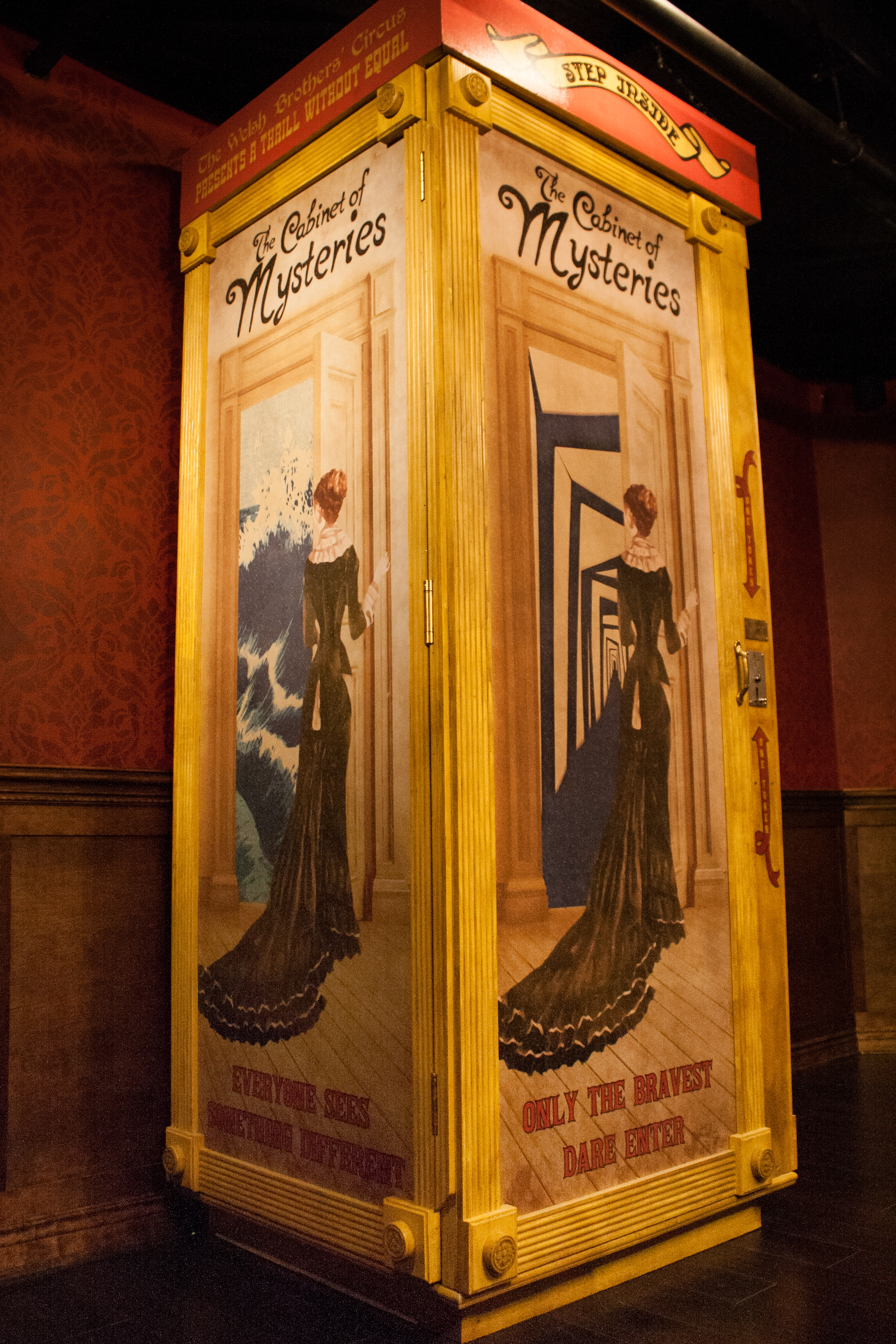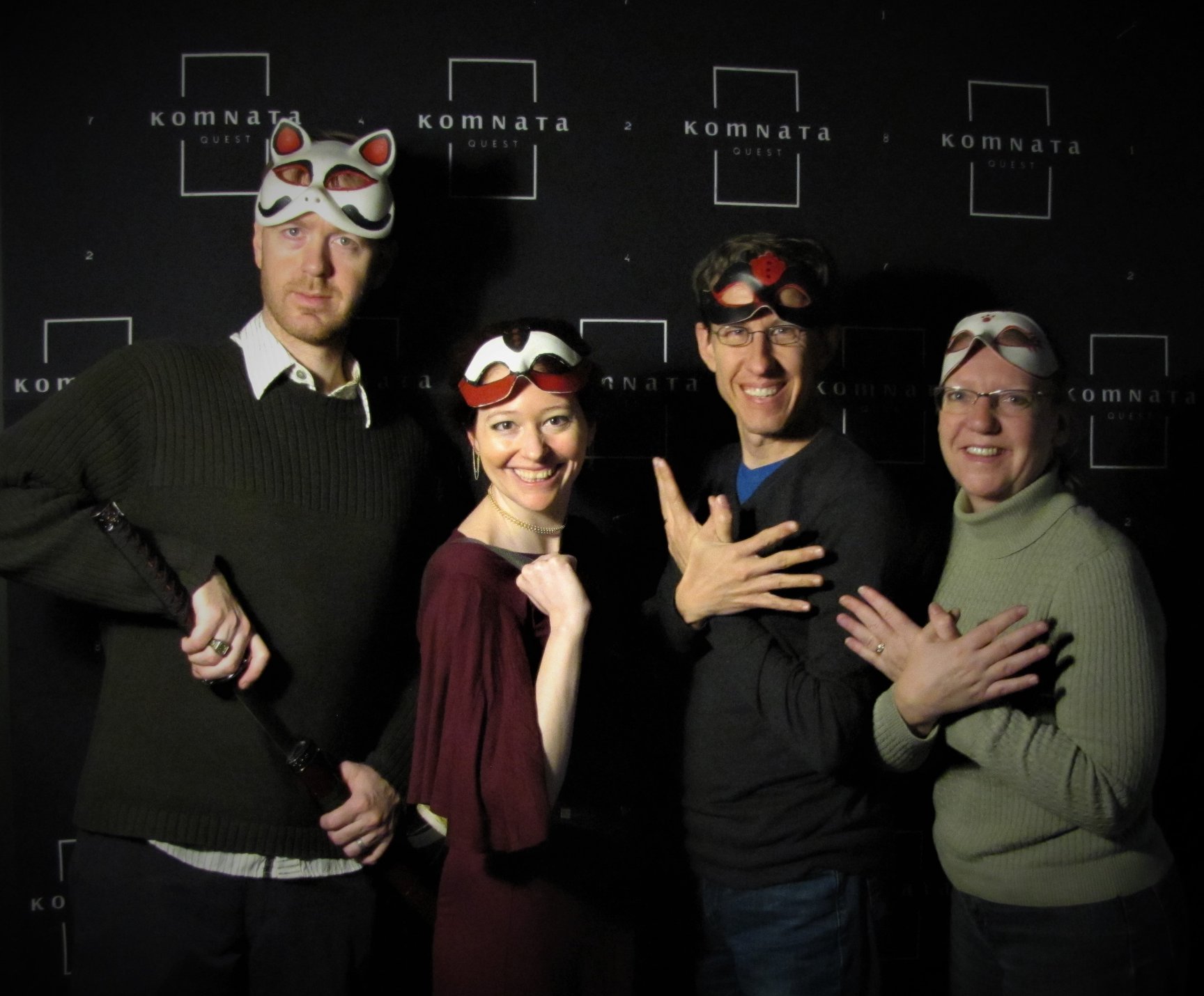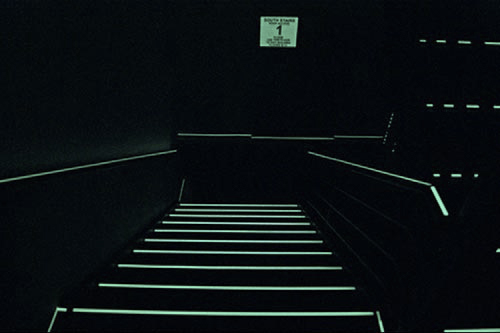Strange Bird Immersive has officially reopened! It was an all-consuming journey, one I’ll recount in future posts, but more fascinating
Author: HER Cooper

I’d like to propose a third category that goes beyond “on-theme”: is the puzzle immersive? An immersive prop or puzzle dives me deeper into the plot, character, or world. In short, when you step back to look at it, it makes sense.

While at the Transworld’s Room Escape Conference, I overheard the tail-end of another creator editorializing on an immersive experience he

My co-founder Cameron and I debated for too long whether we should attend Transworld’s Room Escape Conference. Considering we talked

Given the most innovative thing about immersives, “Rule #2: The audience is active,” it’s tempting as an immersive writer to

Big news hit the escape room community this week: Time Run announced their collaboration with BBC’s Sherlock in an all-new

Strange Bird has been receiving a lot of love lately from the escape room community, having recently won Room Escape

Dedicated to my sister who wanted me to explore the recurrence of the word gift in this blog, and my

Strange Bird Immersive has been lucky in our press. We recently had the immense pleasure of hosting Room Escape Artist,

Two weeks ago, the Everything Immersive community was up in arms over a very serious safety infraction that resulted in
